Introduction to Graffiti Art and Hip-Hop Culture
Graffiti art and hip-hop culture go hand in hand, both born from the vibrant streets of urban landscapes. In the 1970s, as hip-hop began to make its mark in the music world, graffiti art was already painting city walls with bold statements and colorful expressions. These forms of art weren’t just hobbies or interests; they were powerful ways for communities to voice their realities, struggles, and aspirations. Graffiti art, with its daring visuals, became the backdrop of hip-hop culture, embodying the same energy and rebellion found in the music itself. As hip-hop evolved, so did graffiti, growing from simple tags to elaborate pieces that told stories and connected communities. Together, graffiti art and hip-hop have created a unique space where music and visuals collide, expressing ideas too powerful for words alone. This connection isn’t just about art and music; it’s about history, identity, and the unbreakable spirit of street culture.
Historical Context of Graffiti Art in Hip-Hop
Graffiti art and hip-hop share roots that go way back to the 1970s in New York City. It wasn’t just about the music; it was about the whole culture. Kids spray-painting their names and messages on subway trains and walls wanted to shout out who they were, loud and clear. This was their way of claiming space in a city that often forgot them. At the same time, hip-hop was rising from the same streets, fueled by similar frustrations and dreams. DJs throwing block parties, MCs spitting rhymes, it all blended with the vibrant visuals of graffiti. The two formed a connection that’s not just about sound or sight, but about the voice of the unheard. Graffiti wasn’t just decoration; it was a conversation. And hip-hop, with its raw beats and sharp lyrics, carried that conversation further. Think of it as a call and response, graffiti calling out injustice and hip-hop echoing it back. Together, they painted a picture of life in the city, from its struggles to its triumphs.
The Evolution of Graffiti Art alongside Hip-Hop Music
Graffiti and hip-hop have rolled together from the start, growing from the streets of New York in the early 70s. It wasn’t just music or art; it was an explosion of young voices eager to leave their mark, literally and figuratively. Graffiti, with its vibrant colors and daring messages, painted the urban landscape, echoing the raw, unfiltered sounds of hip-hop music. Both were more than just cultural phenomena; they were bold statements against the status quo, giving a voice to the voiceless in a society that often chose to ignore them.
As hip-hop beats spread, graffiti tagged along, painting the visual backdrop of a growing movement. Each element of hip-hop culture, including DJing, MCing, b-boying, and graffiti, intertwined, pushing and pulling each other forward. Artists like Fab 5 Freddy bridged these worlds, showing how graffiti wasn’t just vandalism; it was an art form, as revolutionary and expressive as the music it accompanied.
In cities, graffiti became the visual expression of hip-hop’s sounds, a public gallery of thoughts, dreams, and defiance. This wasn’t art that asked for permission; it took space, demanded to be seen. Yet, as hip-hop climbed charts and broke into mainstream acceptance, graffiti too found new audiences. Galleries started showcasing street art, recognizing its raw energy and message.
The evolution of graffiti alongside hip-hop music is a testament to the power of culture born on the streets, shaping not just neighborhoods but the global music and art scenes. As hip-hop continues to evolve, graffiti mirrors this growth, reminding us of its roots in rebellion, creativity, and unstoppable expression.
Expressing Identity and Resistance through Graffiti Art
Graffiti art isn’t just about colorful walls; it’s a loud, vibrant form of self-expression for many in the independent hip-hop community. This art form allows artists to showcase their identity, beliefs, and resistance against societal norms. It’s more than just spray paint; it’s a voice for those often unheard. From tagging their names in stylized letters to creating elaborate murals, graffiti artists tell their stories and connect with others who share similar views. This connection between graffiti and hip-hop isn’t coincidental. They both stem from a need to confront and challenge the status quo, making their bond unbreakable. Hip-hop’s lyrical messages and graffiti’s visual shout merge, creating a powerful form of protest and self-expression. As hip-hop beats give life to words, graffiti colors give vision to thoughts, both pulsating with the heartbeats of urban life.
Key Figures in the Graffiti Art Scene within Hip-Hop
In the world of hip-hop, graffiti isn’t just about spray paint and blank walls; it’s a form of expression, deeply intertwined with the music itself. Key figures in the graffiti scene have not only left their mark on the streets but have also influenced the hip-hop culture on a massive scale. Fab 5 Freddy is a name to remember. As one of the pioneers, he bridged the gap between the uptown graffiti scene and the downtown art world, bringing hip-hop culture to a wider audience. Then you have Lee Quiñones, whose subway car masterpieces in the 70s and early 80s are legendary, encapsulating the gritty and vibrant energy of New York City. Lady Pink, often called the “first lady of graffiti,” showed that this art form isn’t just a boy’s game, painting powerful pieces that tackled social issues and made room for women in the graffiti world. And don’t forget Futura 2000, known for his abstract approach to graffiti, proving that these street arts could be as complex and profound as any traditional canvas painting. These artists and their groundbreaking work underline the undeniable connection between graffiti art and hip-hop, painting stories not just on walls, but within the beats and lyrics of hip-hop music, illustrating a vibrant culture of resistance, creativity, and community.
How Graffiti Art Elevates Hip-Hop’s Messages and Themes
Graffiti art doesn’t just add color to city streets; it shouts the messages and themes of hip-hop for the world to watch. Think about it. Both graffiti and hip-hop started from the streets, telling the tales of everyday struggles, dreams, and the fight against the system. Graffiti artists use walls as their canvas, making bold statements that resonate with hip-hop’s raw energy and spirit. It’s more than art; it’s a visual language that speaks to the soul of hip-hop. Imagine walking down a street, seeing a mural that tells a story of resistance, survival, or ambition. That’s exactly what hip-hop tracks lay down in their lyrics. The two aren’t just connected; they fuel each other, pushing the boundaries of art and music. Graffiti throws hip-hop’s messages onto a larger, unmissable canvas, letting those vibes flow through city veins. It’s this visual punch that elevates hip-hop from just a genre of music to a powerful cultural movement.
The Global Influence of Graffiti Art and Hip-Hop
Since their beginnings, graffiti art and hip-hop have journeyed far from their roots in New York City, touching corners of the globe from Tokyo to Berlin. At their core, they’re not just art or music; they’re voices of cultural expression and rebellion. Graffiti, with its bold colors and daring messages, pops up on city walls, telling stories of political defiance, social struggle, or just personal expression. Similarly, hip-hop, known for its raw lyrics and beats, becomes a platform for discussing injustice, identity, and change. Together, graffiti art and hip-hop form a powerful duo, pushing boundaries and influencing fashion, language, and even politics worldwide. You see it in how streetwear brands infuse graffiti in their designs or how hip-hop slang makes its way into everyday language. This cultural powerhouse shows no signs of slowing down, continuing to inspire and resonate with people across different continents, proving that art and music can indeed spark a global conversation.
Challenges and Controversies Surrounding Graffiti Art
Graffiti art faces a ton of challenges and controversies. First up, it’s often seen as vandalism. Many people look at a spray-painted wall and think it’s just someone ruining public property. But, here’s the thing, for a lot of artists, it’s their way of expressing themselves, sharing their voice in places where they might not be heard otherwise. Then there’s the legal side of it. Getting caught tagging can lead to serious trouble, including hefty fines or even jail time. It’s a risky business.
Another challenge is the debate over whether graffiti is “real” art. Despite being featured in galleries and admired across the globe, some still don’t see it as legitimate. This struggle for recognition makes it hard for graffiti artists to gain the same respect as those working in more traditional mediums.
Lastly, let’s talk about the community impact. While some see graffiti as a vibrant form of street art that beautifies the urban landscape, others believe it contributes to a rundown look, affecting property values and possibly attracting crime. This divide in opinion often puts artists and residents at odds, creating a tough environment for graffiti to thrive without controversy.
So, yeah, challenges and controversies are a big deal in the graffiti art scene, often putting artists in tough spots both legally and socially.
Celebrating Graffiti Art: Events and Gatherings
Graffiti events and gatherings are where the heart of street art beats the loudest. Across the globe, cities host festivals dedicated to graffiti and street art, turning concrete jungles into vast canvases that tell stories, challenge societal norms, and showcase talent. Events like Meeting of Styles, Pow! Wow!, and Under Pressure are international celebrations where artists, fans, and curious onlookers converge. These gatherings aren’t just about spraying paint; they’re cultural hubs where independent hip-hop music vibrates through the air, connecting beats to art. Workshops, live performances, and battles blend the raw energy of hip-hop with the vibrant visuals of graffiti, proving that the link between these two worlds is not just alive but thriving. Whether you’re an artist, a fan, or somewhere in between, attending one of these events can change the way you see street art and hip-hop. They’re open invitations to dive into a culture defined by creativity, resistance, and mutual respect.
The Future of Graffiti Art in the Hip-Hop World
Graffiti art isn’t going anywhere. In fact, it’s more intertwined with hip-hop than ever. From subway trains to international art galleries, graffiti has grown right alongside hip-hop music, influencing and reflecting the culture’s values, struggles, and triumphs. As hip-hop continues to evolve, so does graffiti, pushing boundaries and finding new spaces to exist. Artists like Banksy have even taken graffiti into the mainstream, challenging what we think about as “street art” and its place in the art world. In the future, expect to see graffiti and hip-hop keep feeding off each other, inspiring new styles, messages, and artists keen on expressing their reality. This isn’t just about tagging walls or breaking the law; it’s about claiming space, identity, and voice in a world that often overlooks the underrepresented. So, watch this space. Graffiti art in the hip-hop world is set to soar, breaking new ground and maybe even shaking up the very foundations of what we consider to be art and culture.

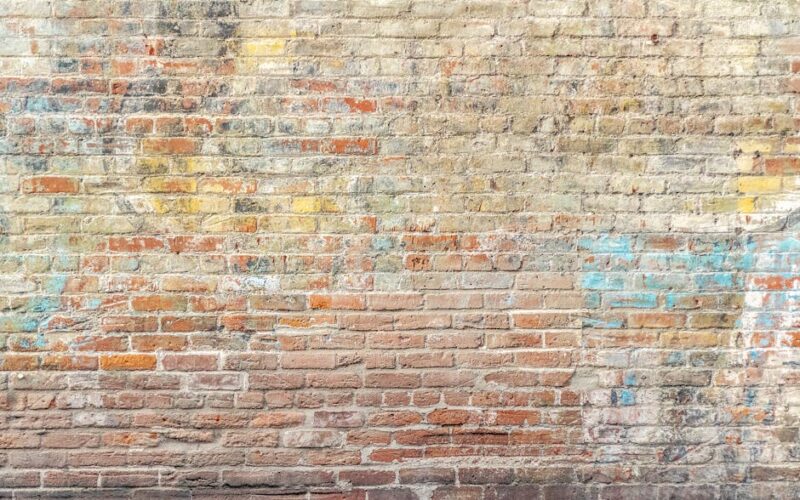


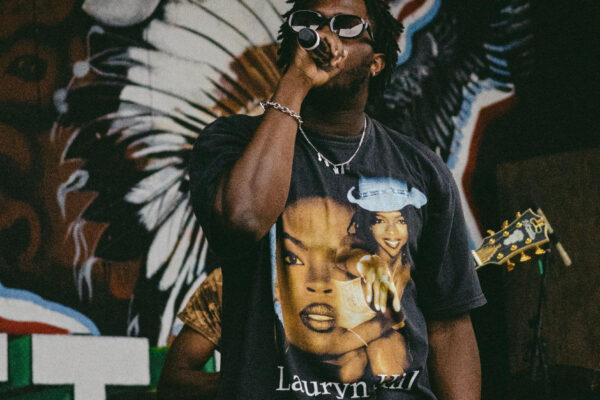
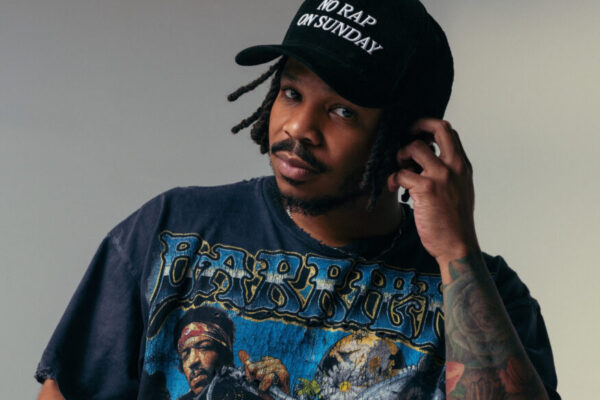
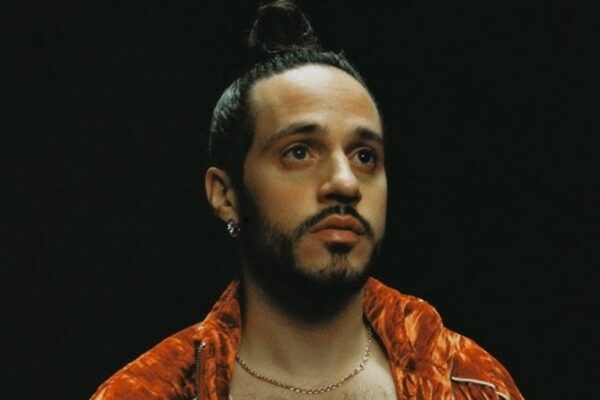
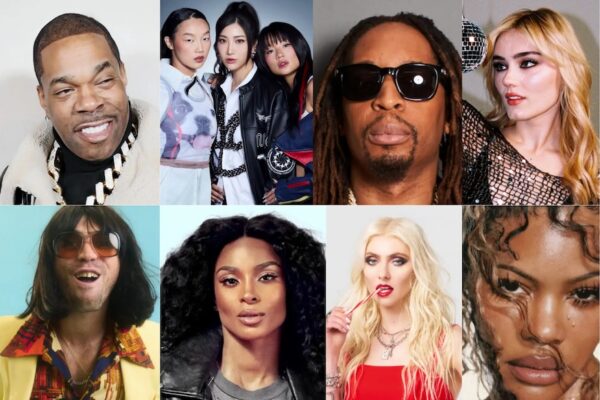
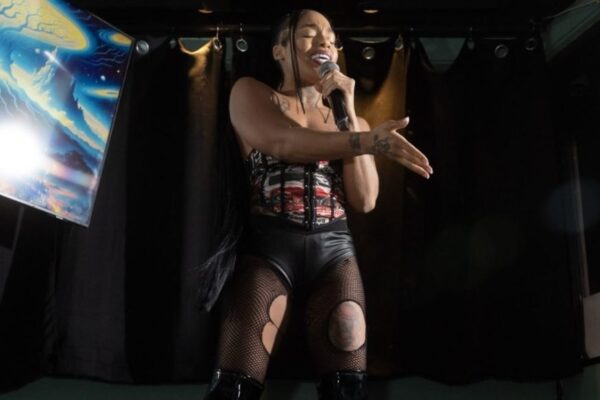
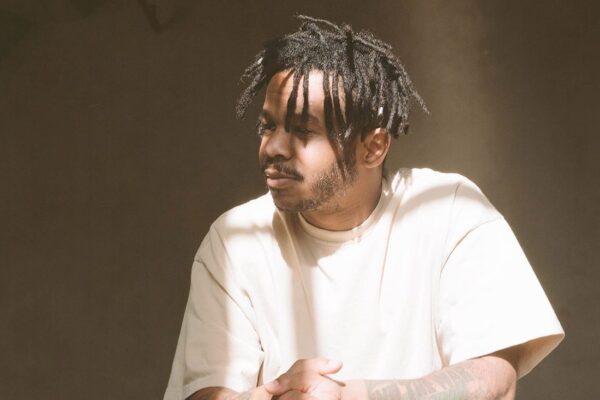
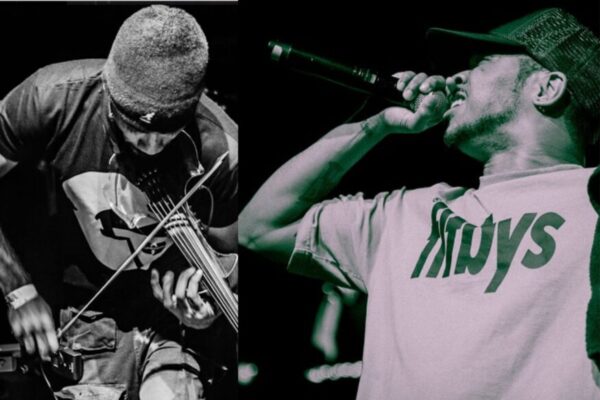
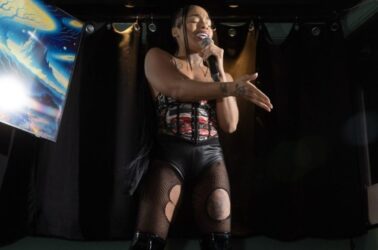



Leave a Reply